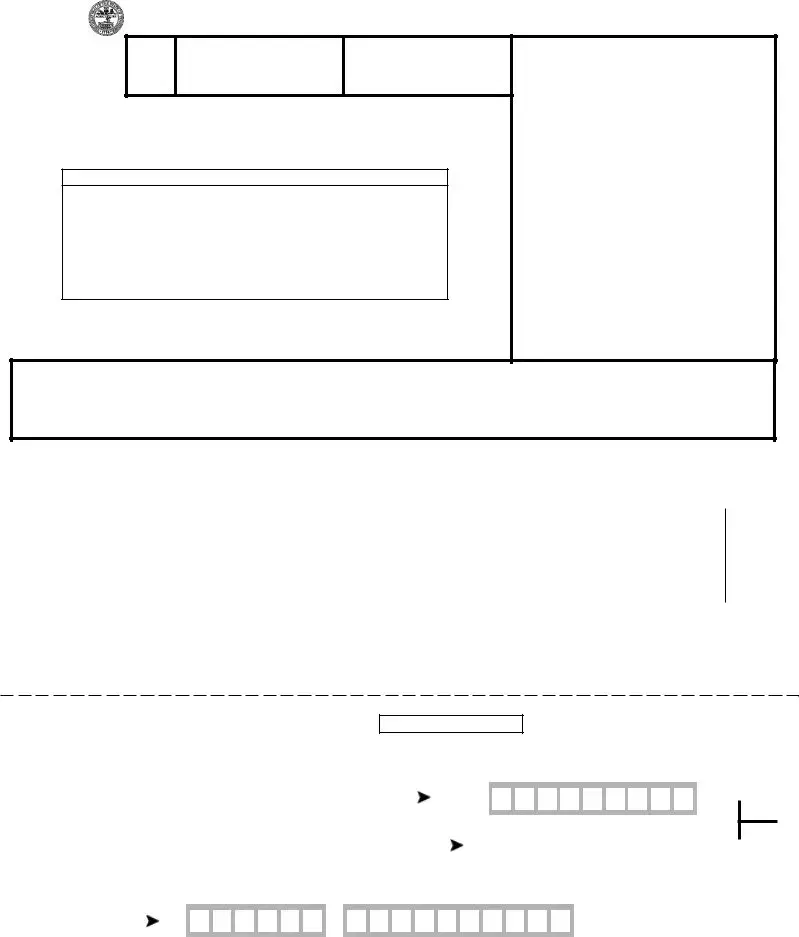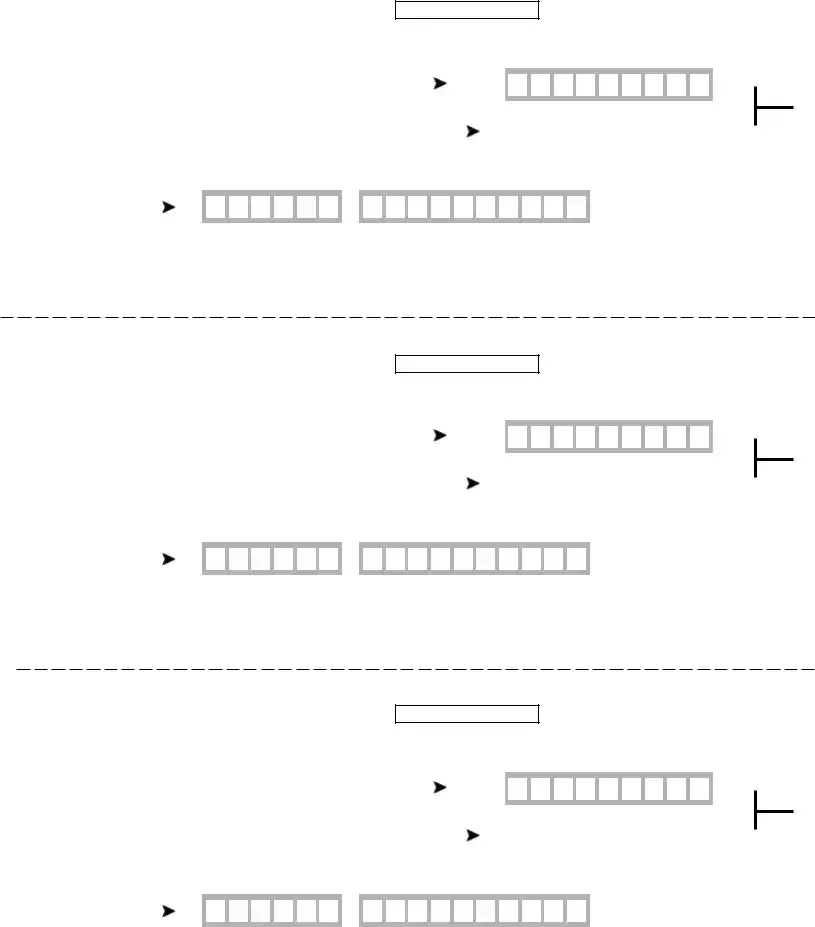The Form 1040-ES, "Estimated Tax for Individuals," shares similarities with the Tennessee FAE 172 form in its fundamental purpose, which is to facilitate the process of estimating and paying taxes ahead of the normal filing deadline. Both forms require taxpayers to calculate the amount of tax they expect to owe for the year and make payments on a quarterly basis. While the FAE 172 form is specific to Tennessee's franchise and excise taxes, the 1040-ES is used by individuals for federal income tax. Despite this difference, each form is crucial in helping taxpayers avoid underpayment penalties by encouraging the timely and incremental payment of estimated taxes.
The Form 1120-W, "Estimated Tax for Corporations," is another document that resembles the FAE 172 form, albeit for corporate entities. Corporations use the 1120-W to estimate their federal income tax liability and make quarterly tax payments, similar to how businesses in Tennessee use the FAE 172 form for their franchise and excise taxes. Both forms serve to help entities manage their tax liabilities through scheduled payments, thus preventing large lump-sum payments at the end of the tax year. However, the specific taxes addressed by each form differ, reflecting the distinct tax obligations of individuals and corporate entities at the federal and state levels, respectively.
The "Employer's Quarterly Federal Tax Return," known as Form 941, is utilized by employers to report income taxes, Social Security tax, or Medicare tax withheld from employees' paychecks, and it also involves the employer's portion of Social Security or Medicare tax. The parallel to the FAE 172 form lies in the quarterly submission requirement, designed to manage cash flow effectively and ensure compliance through regular remittances to the tax authorities. Although the FAE 172 focuses on franchise and excise taxes for businesses in Tennessee and Form 941 addresses federal payroll taxes, both are pivotal in maintaining taxpayer compliance on a quarterly basis.
Form 720, "Quarterly Federal Excise Tax Return," is used to report and on paying federal excise taxes on specific goods, services, and activities. The similarity to the Tennessee FAE 172 form comes from its quarterly filing aspect and its focus on excise taxes, although the FAE 172 combines franchise and excise taxes applicable within Tennessee. Both forms are essential for businesses to comply with their respective tax obligations, ensuring timely payments and reporting that help to fund federal and state initiatives.
The Schedule H (Form 1040), "Household Employment Taxes," is intended for individuals who employ household help and are responsible for paying federal employment taxes on wages paid to their employees. While it serves a different taxpayer group, the underlying principle of scheduled tax payments and reporting is a shared feature with the FAE 172 form. The Schedule H consolidates tax reporting and payment on an annual basis, as opposed to the quarterly approach of the FAE 172; nonetheless, both documents facilitate the orderly payment of taxes owed, further illustrating the broad applicability of pre-payment mechanisms across various tax types and jurisdictions.

 KEEP UPPER PORTION FOR YOUR
KEEP UPPER PORTION FOR YOUR 

